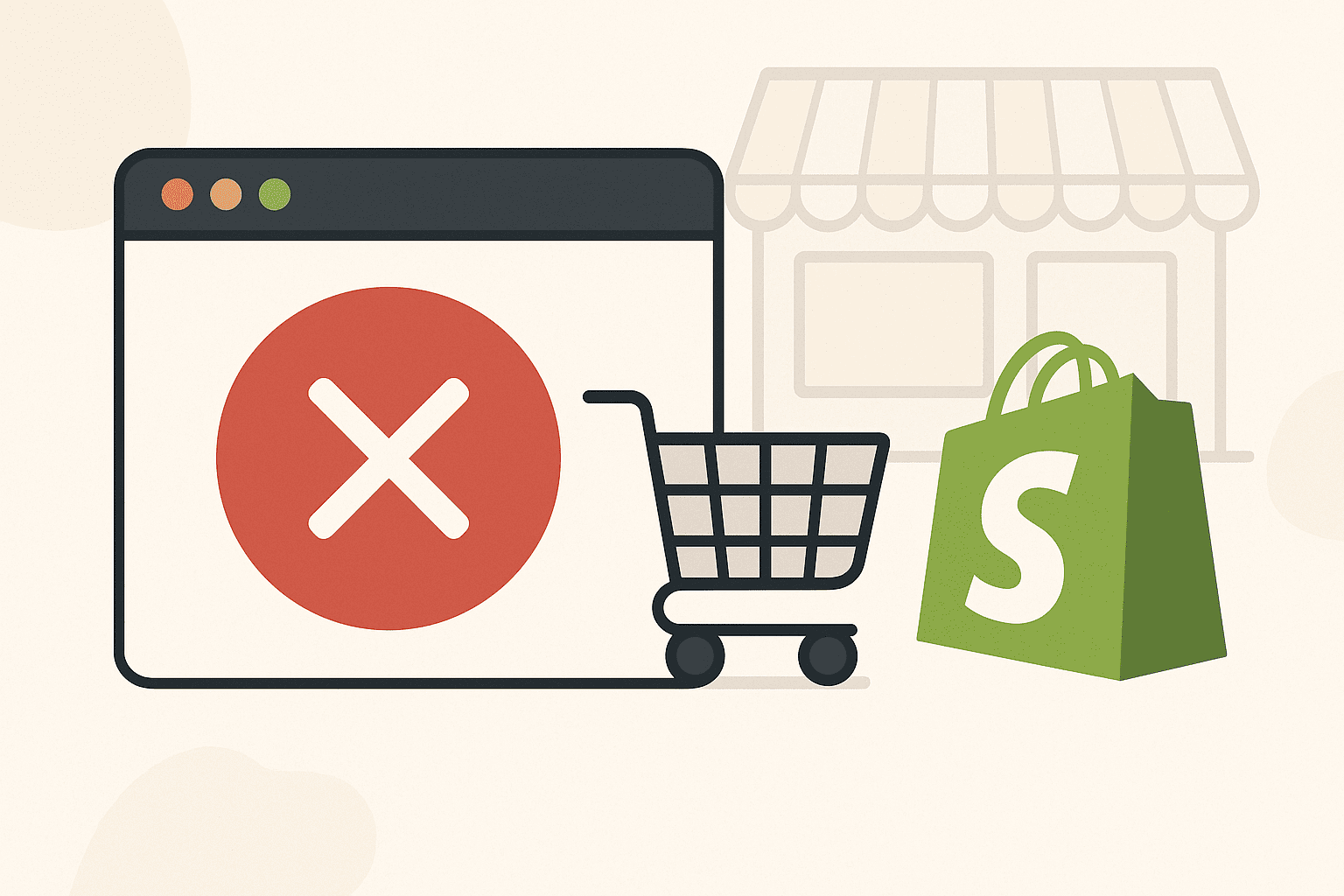Nulled Shopify Themes: Why They Hurt Your Business and What You Should Do Instead

Running a successful Shopify store requires more than just great products—it depends on trust, performance, and customer experience. As eCommerce entrepreneurs look for cost-saving shortcuts, many come across nulled Shopify themes. At first glance, these seem appealing because they promise premium features for free. But the reality is very different: using nulled themes can damage your brand, customer trust, and even your revenue.
In this article, we’ll break down what nulled Shopify themes are, why they’re risky, and what better alternatives you can use to boost your online store’s performance.
What Are Nulled Shopify Themes?
Nulled Shopify themes are pirated versions of premium themes. Instead of purchasing a license from the Shopify Theme Store or a verified developer, these versions are illegally distributed on websites, forums, or file-sharing platforms.
-
Claimed Benefit: Free access to premium design features.
-
Reality: They often come with hidden malware, outdated code, and no support from the original developers.
According to a 2022 survey by Wordfence, 36% of hacked eCommerce websites were compromised due to pirated themes or plugins. This highlights the dangers of using nulled themes.
Risks of Using Nulled Shopify Themes
1. Security Vulnerabilities
Nulled themes can inject malicious code into your store. Hackers may steal customer data, insert spam links, or even hijack your payment gateway.
Example: A Shopify store owner in the fashion niche downloaded a nulled premium theme. Within weeks, their checkout page was redirecting customers to a phishing site, resulting in a 40% drop in conversions and permanent damage to their reputation.
2. No Updates or Support
Premium themes receive regular updates to fix bugs and improve compatibility. With nulled themes, you’re stuck with outdated code that may break with Shopify’s latest updates.
3. Legal Issues
Distributing or using nulled themes violates copyright laws. This could lead to takedown notices or even lawsuits.
4. SEO Penalties
Nulled themes often contain hidden links to spammy websites. Google penalizes sites with suspicious backlinks, which means your hard-earned rankings could vanish overnight.
5. Poor Customer Experience
Slow-loading sites and broken features from nulled themes frustrate shoppers. Research by Portent shows that a 1-second delay in load time reduces conversion rates by 7%.
Better Alternatives to Nulled Themes
Instead of risking your business, here are safe and effective ways to design a professional Shopify store:
1. Invest in Official Shopify Themes
-
Prices typically range from $150–$350.
-
Guaranteed support, updates, and security.
-
Optimized for speed and mobile devices.
2. Use Free Shopify Themes
Shopify offers free, high-quality themes like Dawn, Craft, and Sense. These are:
-
Lightweight and fast.
-
Regularly updated.
-
Backed by Shopify’s support.
3. Hire a Shopify Expert or Developer
If you want customization, work with a certified Shopify Partner. This ensures your store design is unique, secure, and optimized.
4. Leverage Page Builder Apps
Tools like Shogun, PageFly, and GemPages let you design landing pages without coding. They’re affordable and safe alternatives.
5. Focus on Performance Enhancements
Instead of chasing a free premium look, focus on what drives conversions:
-
Compress images with tools like TinyPNG.
-
Use Shopify’s built-in SEO settings.
-
Add trust signals (reviews, guarantees, secure checkout badges).
Case Study: Premium vs. Nulled Theme
Case 1: Store Using a Premium Theme
-
Niche: Home décor.
-
Investment: $280 for the “Prestige” theme.
-
Results: 22% faster site speed, 15% increase in average order value (AOV), and consistent support for updates.
Case 2: Store Using a Nulled Theme
-
Niche: Electronics.
-
Outcome: Malware infected checkout process, customers reported stolen card info, store faced a 60% revenue loss within 3 months.
The difference is clear: the cost of a premium theme is far less than the losses from a nulled one.
Actionable Tips to Improve Shopify Store Performance
-
Optimize Site Speed
-
Use lightweight themes (official Shopify themes).
-
Minimize apps that add unnecessary code.
-
Enable lazy loading for images.
-
-
Improve SEO
-
Research keywords with tools like Ahrefs or SEMrush.
-
Optimize product titles, descriptions, and alt text.
-
Build quality backlinks through guest blogging and partnerships.
-
-
Enhance Conversions
-
Add clear CTAs (Buy Now, Add to Cart).
-
Use trust-building elements like reviews, UGC (user-generated content), and guarantees.
-
Simplify checkout: fewer steps = higher conversions.
-
-
Prioritize Mobile Users
-
Ensure your theme is mobile-responsive.
-
Use large buttons and easy navigation.
-
Test on different devices before launch.
-
-
Track and Improve with Analytics
-
Install Google Analytics and Shopify Reports.
-
Monitor conversion rates, cart abandonment, and bounce rates.
-
A/B test product pages and CTAs.
-
FAQs About Nulled Shopify Themes
1. Are nulled Shopify themes safe to use?
No. They often contain malware, spammy backlinks, and outdated code that harm your store.2. Can I get caught using a nulled theme?
Yes. It violates copyright laws and can result in penalties or takedown notices.3. What are the best free alternatives?
Shopify’s official free themes like Dawn, Sense, and Craft are excellent options.4. Do premium Shopify themes really increase sales?
Yes. They’re optimized for performance, speed, and mobile-friendliness—factors proven to improve conversions.5. How do I choose the right Shopify theme?
Focus on your niche, product range, and features needed. Always buy from the Shopify Theme Store or trusted developers.Conclusion: Build Your Store on Trust, Not Shortcuts
Nulled Shopify themes might look tempting, but the risks outweigh the savings. From security threats and SEO penalties to lost customer trust, they can sabotage your entire business. Instead, invest in official themes, leverage free Shopify designs, or hire experts to customize your store.
Remember: your Shopify store isn’t just a website—it’s your brand’s digital storefront. Don’t compromise it for short-term savings.




